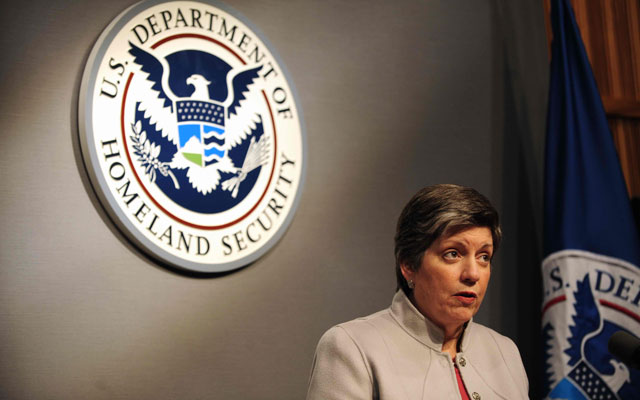Homeland Security: Streamline America’s Domestic Enterprise
Matt Mayer /
Today, the U.S. Senate Committee on Foreign Relations is holding a hearing titled, “Counterterrorism Policies and Priorities: Addressing the Evolving Threat.”
The hearing has just three witnesses, not one of whom represents state and local law enforcement counterterrorism equities. That omission really is par for the course, as too often state and local experts play a secondary role in the eyes of many in Washington, D.C.
If the committee expands the witness list in the future, it might consider inviting state and local authorities such as Michael Downing, deputy chief for counter-terrorism and special operations for the Los Angeles Police Department. Indeed, there are few experts in America with greater insight and thought leadership on counterterrorism than Deputy Chief Downing.
One area in need of attention if we are to successfully address the evolving threat is the mess that has become our domestic counterterrorism enterprise. As Downing and I have noted in a Heritage report:
[T]he domestic intelligence enterprise should base future improvements on the reality that governments at all levels are fiscally in crisis. Rather than add additional components to the system, law enforcement officials should streamline the domestic counterterrorism enterprise by improving current capabilities, leveraging state and local law enforcement resources and authorities, and, in some cases, reducing components where the terrorist threat is not high and the financial support is too thin or could be allocated more effectively.
In the report, we discussed the relationship between the U.S. Department of Homeland Security (DHS) and the U.S. Department of Justice (DOJ), including the elements in those two entities that focus on domestic counterterrorism. Specifically, the domestic enterprise consists of DHS “fusion centers,” FBI Field Intelligence Groups (FIGs), DOJ Joint Terrorism Task Forces (JTTFs), and the proposed addition of FBI Joint Regional Intelligence Groups. In streamlining these entities, we recommended:
Instead of adding yet another domestic intelligence entity that requires funding, personnel, and equipment, the FBI should work with DHS and state and local law enforcement to improve the FIGs and the relationship between the FIGs and the fusion centers. Because terrorism crosses state lines, it is important that our domestic intelligence enterprise operate regionally.…
[DHS] should also dramatically reduce the number of fusion centers. The reduction is vital because neither DHS nor state and local law enforcement have the funds or personnel to fully run 77 fusion centers. An easy way to reduce the number of fusion centers is to eliminate funding to those that are located outside of the 31 urban areas deemed to possess the highest risk.
As it reduces the number of fusion centers, DHS should work with the FBI to identify locations where the fusion centers and FIGs can jointly serve as the entities that coordinate intelligence with federal agencies and establish prioritized threat domains, thereby enhancing the information and intelligence fed to the JTTFs. By focusing finite federal, state, and local resources on fully staffing and equipping fusion centers, FIGs, and JTTFs, America’s ability to leverage the capabilities established thus far will increase significantly.
This streamlining process should be the focus on congressional hearings and a top priority for any counterterrorism review.

